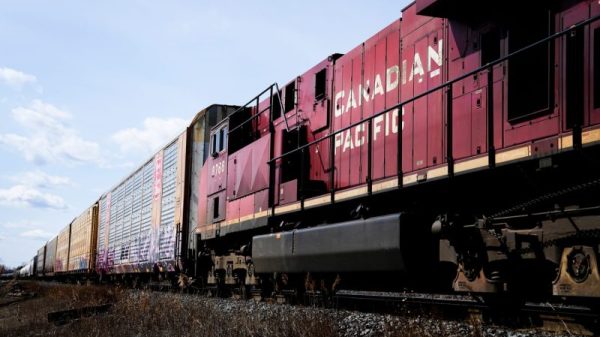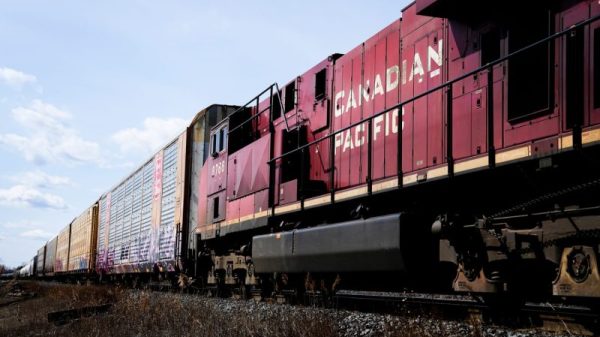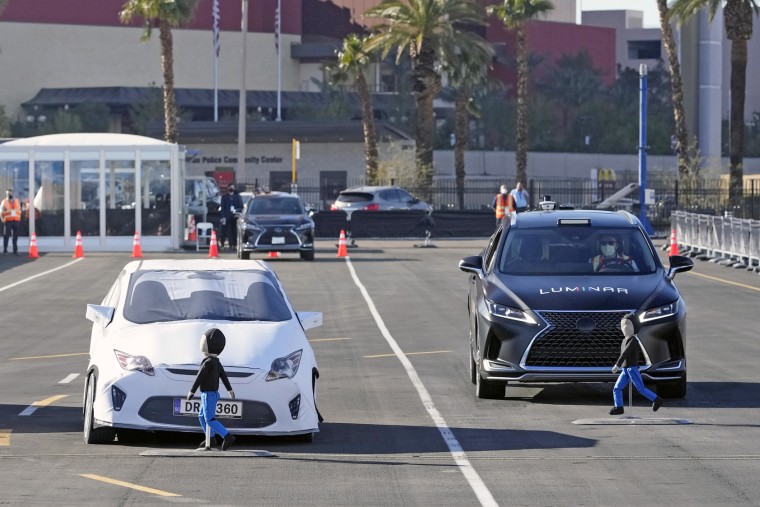The Biden Administration’s Move Towards Advanced Safety Technology in New Vehicles
The automotive industry is on the cusp of significant changes as the Biden Administration aims to implement new regulations that will require advanced safety technologies in all new cars and trucks. These requirements are a part of the administration’s broader strategy to enhance road safety and reduce the number of traffic-related accidents and fatalities in the United States. The move is seen as a proactive step towards modernizing vehicle safety standards and keeping up with technological advancements in the industry.
One of the key technologies that will be mandated in all new vehicles is Automatic Emergency Braking (AEB). This technology uses sensors to detect potential collisions and automatically applies the brakes to prevent or mitigate the impact of a crash. AEB has been proven to significantly reduce the number of rear-end collisions, making it a crucial safety feature for vehicles of all sizes.
Another important safety technology that will become mandatory is Lane-Keeping Assist (LKA). LKA uses cameras and sensors to monitor the vehicle’s position within the lane and alerts the driver if they unintentionally drift out of their lane. This feature is designed to prevent accidents caused by driver distraction or drowsiness, which are leading factors in many road accidents.
The implementation of these advanced safety technologies aligns with the Biden Administration’s commitment to improving road safety and reducing traffic fatalities. According to the National Highway Traffic Safety Administration (NHTSA), nearly 36,000 people died in motor vehicle crashes in the United States in 2019. By enforcing the use of technologies like AEB and LKA, the administration aims to prevent many of these tragic accidents and make roads safer for all users.
While the requirement for advanced safety technologies in new vehicles may lead to an increase in vehicle costs, the long-term benefits in terms of lives saved and injuries prevented far outweigh the initial investment. Furthermore, as these technologies become more widespread, they are likely to become more affordable and accessible to consumers, making them a standard feature in all new vehicles.
In conclusion, the Biden Administration’s decision to mandate advanced safety technologies in all new cars and trucks marks a significant step towards improving road safety in the United States. By requiring features like AEB and LKA, the administration is taking a proactive approach to reducing the number of traffic-related accidents and fatalities. These measures are a reflection of the government’s commitment to modernizing vehicle safety standards and harnessing the potential of technology to make roads safer for everyone.



























